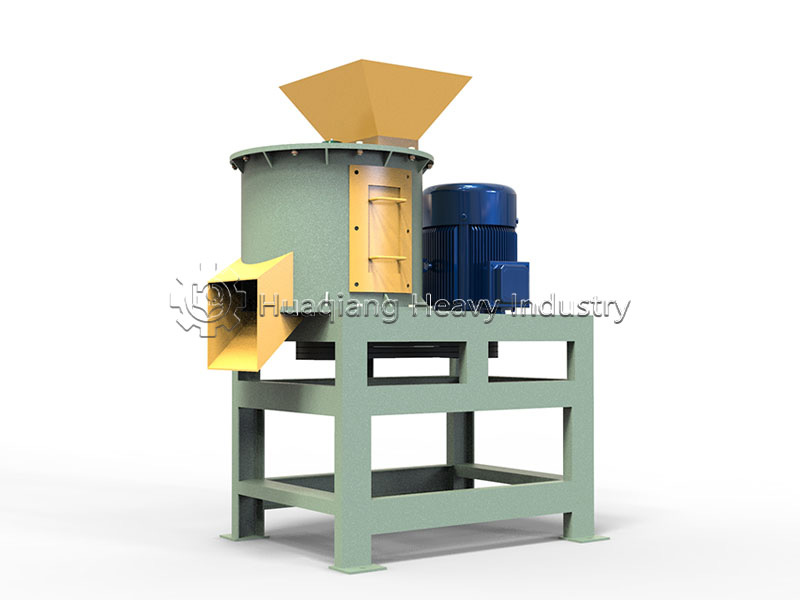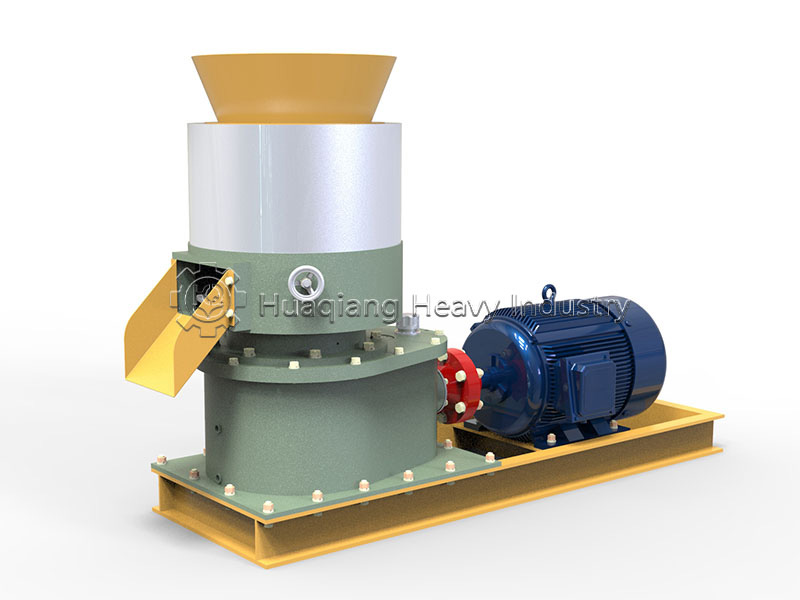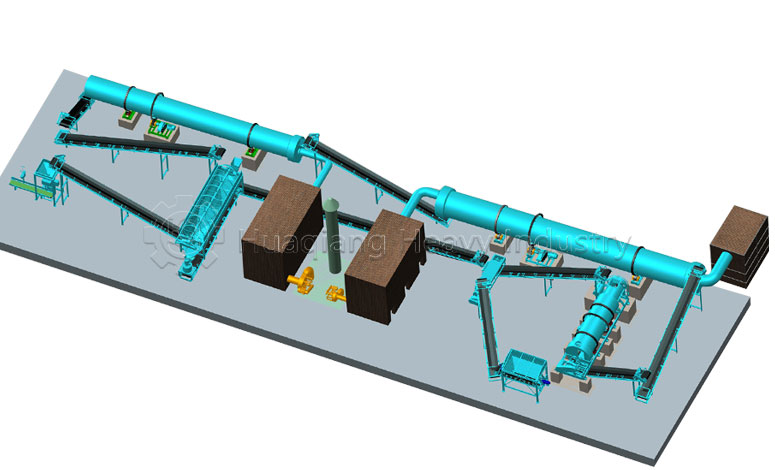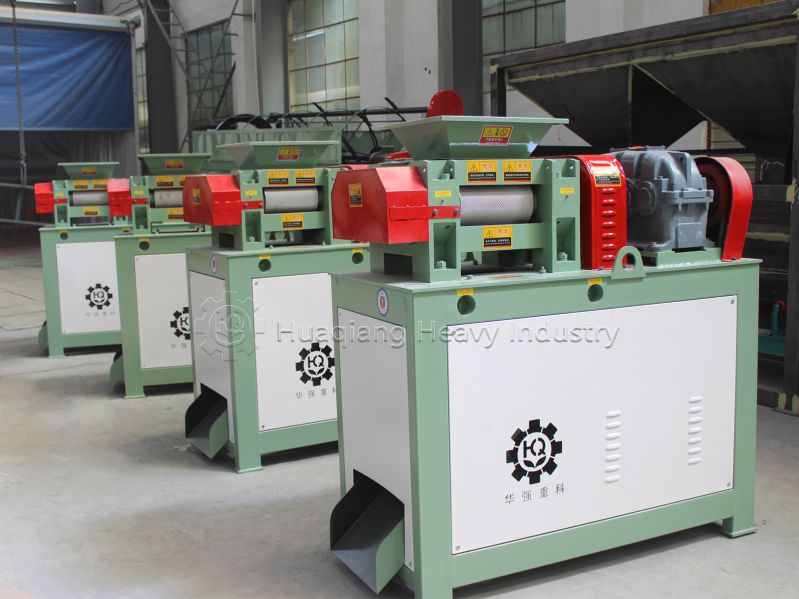Key equipment for handling high-moisture raw materials in organic fertilizer production lines
In modern organic fertilizer production lines, the half-wet material crusher, as a crucial piece of equipment, demonstrates unique raw material processing capabilities. Unlike traditional fertilizer crushers, it is specifically designed for high-moisture organic materials, effectively solving the crushing problem of raw materials after fermentation.
In the complete organic fertilizer production line process, the half-wet material crusher occupies a critical position after the fermentation process and before the granulation process. It can directly process organic materials with a moisture content of 25%-50%, including livestock and poultry manure, filter mud, and straw. This characteristic not only simplifies the process flow but also significantly reduces the energy consumption cost of the entire organic fertilizer production line.

In practical applications, the half-wet material crusher forms a good synergistic effect with other organic fertilizer production equipment. The materials processed by it meet the requirements of subsequent processes in terms of particle size uniformity and moisture content, creating favorable conditions for the stable operation of the organic fertilizer granulator. Uniform raw material particle size not only improves granulation quality but also ensures the consistency of nutrients in the final product.
It is worth mentioning that this crushing equipment exhibits broad raw material adaptability in organic fertilizer production lines. Whether it’s highly viscous livestock and poultry manure or straw-like materials with high fiber content, ideal pulverization results can be achieved by adjusting the equipment parameters. This flexibility makes it an indispensable key piece of equipment in modern organic fertilizer production lines.






